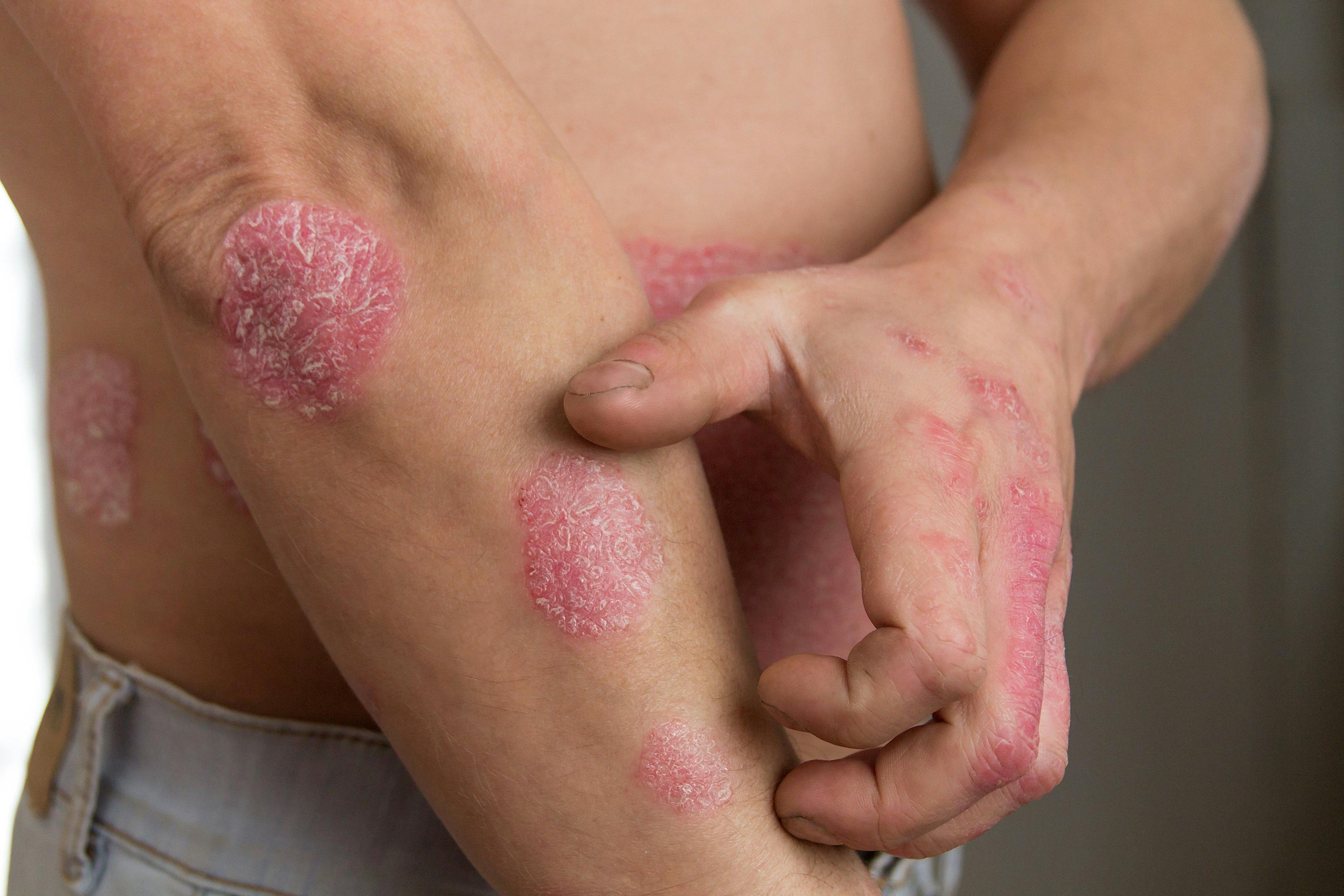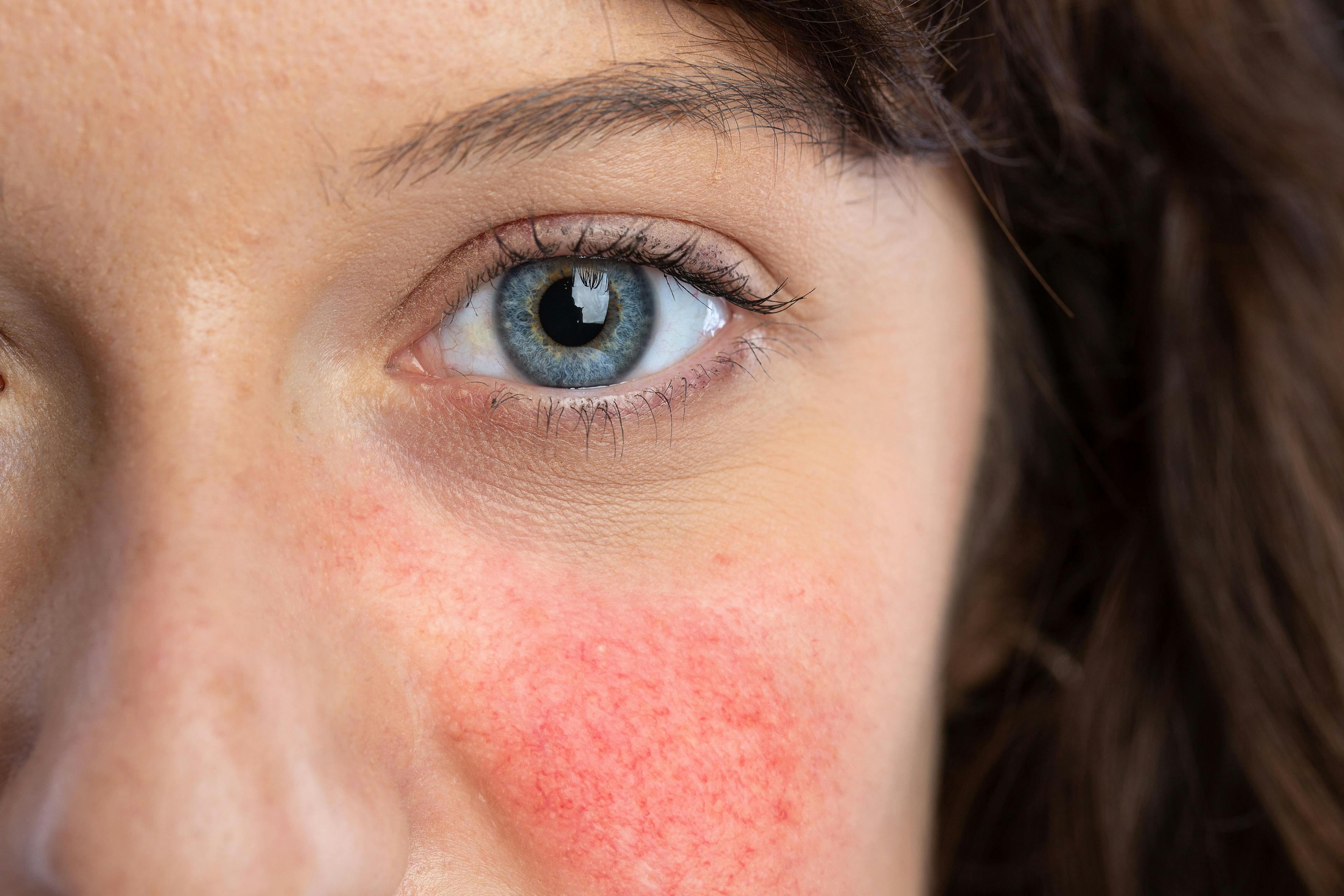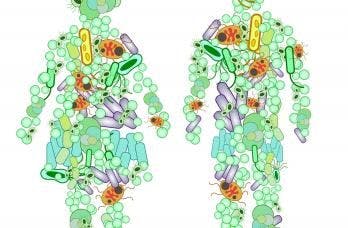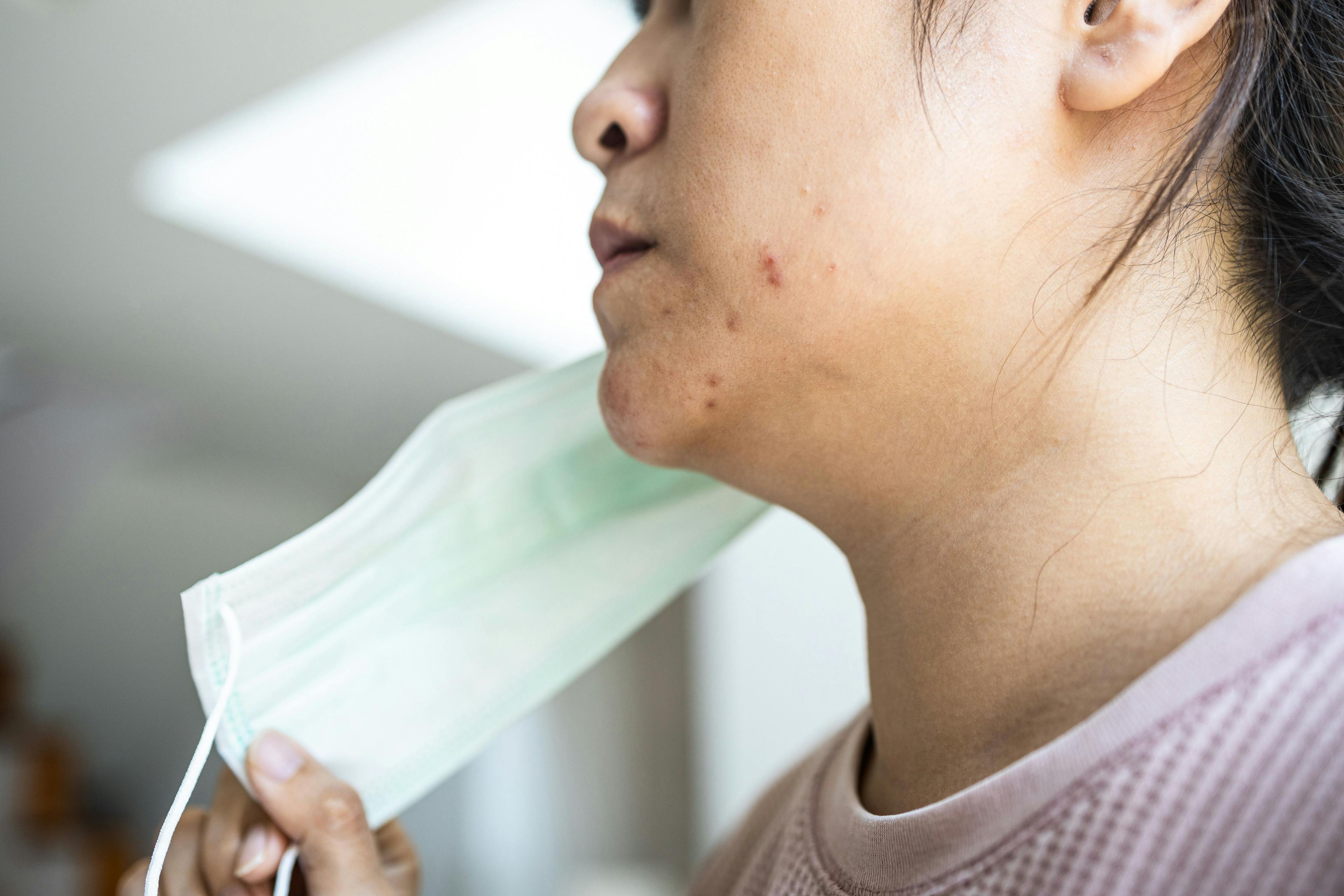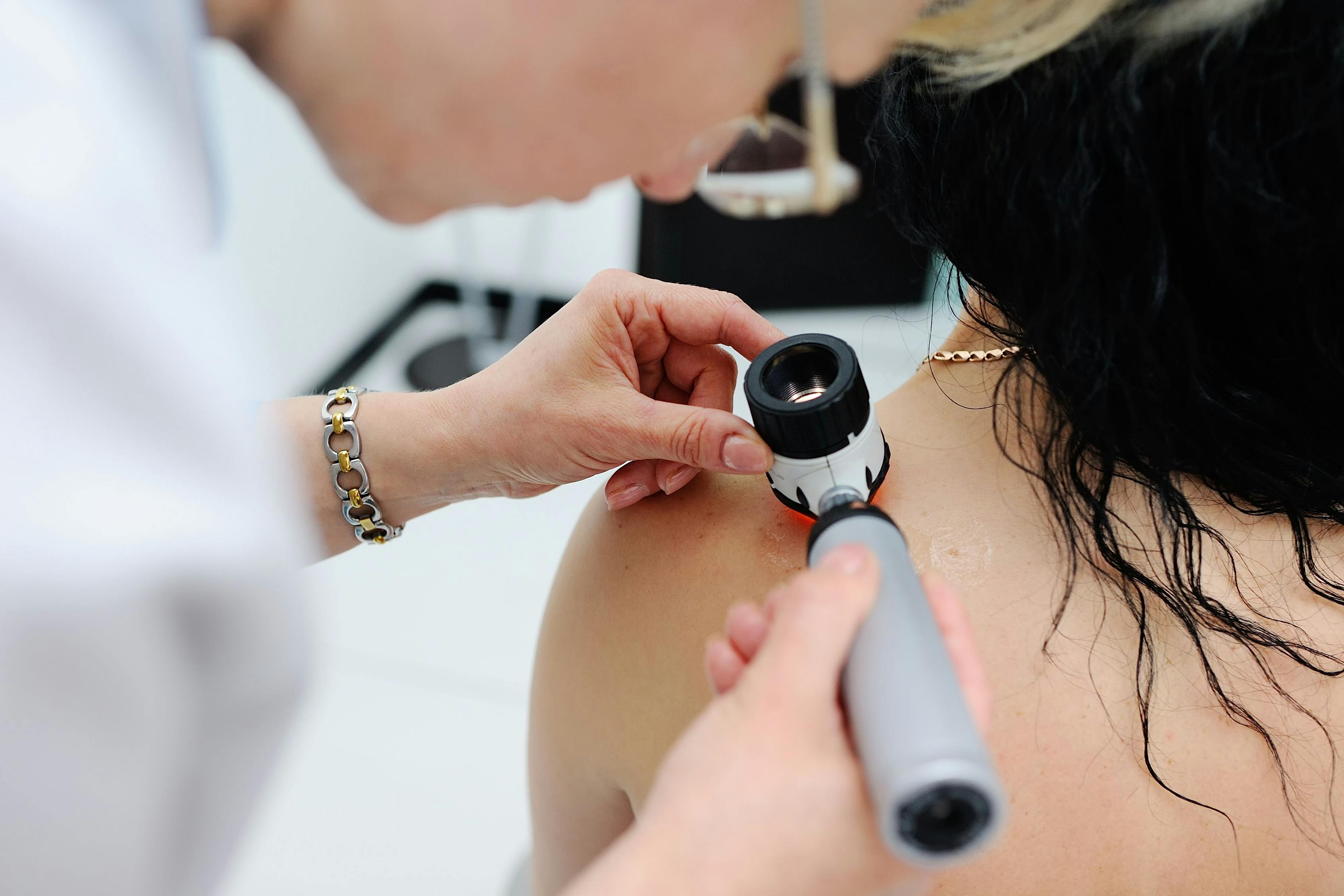- Acne
- Actinic Keratosis
- Aesthetics
- Alopecia
- Atopic Dermatitis
- Buy-and-Bill
- COVID-19
- Case-Based Roundtable
- Chronic Hand Eczema
- Chronic Spontaneous Urticaria
- Drug Watch
- Eczema
- General Dermatology
- Hidradenitis Suppurativa
- Melasma
- NP and PA
- Pediatric Dermatology
- Pigmentary Disorders
- Practice Management
- Precision Medicine and Biologics
- Prurigo Nodularis
- Psoriasis
- Psoriatic Arthritis
- Rare Disease
- Rosacea
- Skin Cancer
- Vitiligo
- Wound Care
Publication
Article
Dermatology Times
Study Examines Finasteride Risks for Younger Males
Author(s):
A recent study shows an association between finasteride use and psychological adverse events (AEs) including suicidality. Dermatologists should weigh benefits and risks carefully when considering finasteride for certain patients with hair loss, according to one expert.
A recent study1 showing an association between finasteride use and psychological adverse events (AEs) including suicidality suggests that dermatologists should weigh benefits and risks carefully when considering finasteride for certain patients with hair loss, according to one expert.
Based on the study, the characteristics of finasteride may precipitate or potentiate psychological morbidities including suicidality specifically in patients with alopecia who are less than 45 years of age, says Roger S. Ho, MD, MS, MPH. He is director of resident education and associate professor in the Ronald O. Perelman Department of Dermatology at New York University Grossman School of Medicine, New York, N.Y. Ho was not involved with the study but wrote an accompanying editorial on the topic.2
“While a definitive causal association has not yet been established, dermatologists should take into consideration this potential signal and conduct a detailed, personalized risk-benefit assessment with the patient before each prescription of finasteride for our younger alopecia population,” says Ho.
Study1 authors Nguyen et al. used disproportionality analysis (specifically, case-noncase design) to detect signals of adverse finasteride
reactions of interest reported in the World Health Organization’s global VigiBase database as of June 2019. Researchers identified 3282 adverse events (AEs) of interest, including 2926 reports of psychological AEs and 356 reports of suicidality. Nearly all cases involved male patients, and 70.9% of involved patients with age data available were 18 to 44 years old.
Researchers identified significant disproportionality signals for both psychological AEs (reporting odds ratio (ROR) 4.33; 95% confidence interval (CI) 4.17-4.49, and suicidality (ROR, 1.63; 95% CI 1.47-1.81) in finasteride users. Investigators found no signals for attempted or completed suicide.
In sensitivity analyses stratified by indication and age, patients younger than 45 years (ROR 3.47; 95% CI 2.90-4.15) and those with alopecia (ROR 2.06; 95% CI 1.81-2.34) had significant disproportionality signals for suicide compared to patients in the database using other alopecia drugs such as minoxidil. No suicidality signals appeared among older men who presumably took finasteride for benign prostatic hyperplasia.
According to Nguyen et al., the findings raise concern that younger men with alopecia may be especially at risk for suicidality compared with the general population. “Taken together,” they
wrote, “our findings suggest that the disproportional reporting of suicidality and psychological AEs in association with finasteride use could potentially be attributed to unique characteristics of the drug in young patients with alopecia.”
For example, psychological AEs could stem from the possibility that the persistent sexual dysfunction (after discontinuation of treatment) that has been associated with finasteride takes a greater toll on younger patients who had used the drug to treat a non-urological condition.
The disproportionality signals for psychological AEs and suicide among finasteride users also may stem partly from reporting bias. Sensitivity analyses showed disproportional reporting of finasteride-associated suicidality after 2012, a year that drew significant attention to a possible link between finasteride and these AEs.
Ho points out the signals for suicidality and psychological AEs identified by Nguyen et al. for finasteride only serve to stimulate further large-scale prospective pharmacoepidemiologic studies designed specifically to further evaluate these potential AEs in young patients using the drug for androgenetic alopecia. “They should not be mistaken as proof that there is a causal association between the two, as the study had some inherent biases, in particular a reporting bias due to stimulated reporting in the database,” he says.
Disclosures:
Dr. Ho reports no relevant financial interests.
References:
1 Nguyen DD, Marchese M, Cone EB, et al. Investigation of suicidality and psychological adverse events in patients treated with finasteride [published online before print, November 11, 2020]. JAMA Dermatol. 2020 Nov 11:e203385. doi: 10.1001/jamadermatol.2020.3385.
2 HoRS. Ongoing concerns regarding finasteride for the treatment of male-pattern androgenetic alopecia [published online before print, November 11, 2020]. JAMA Dermatol. 2020;10.1001/jamadermatol.2020.3384. doi:10.1001/ jamadermatol.2020.3384.
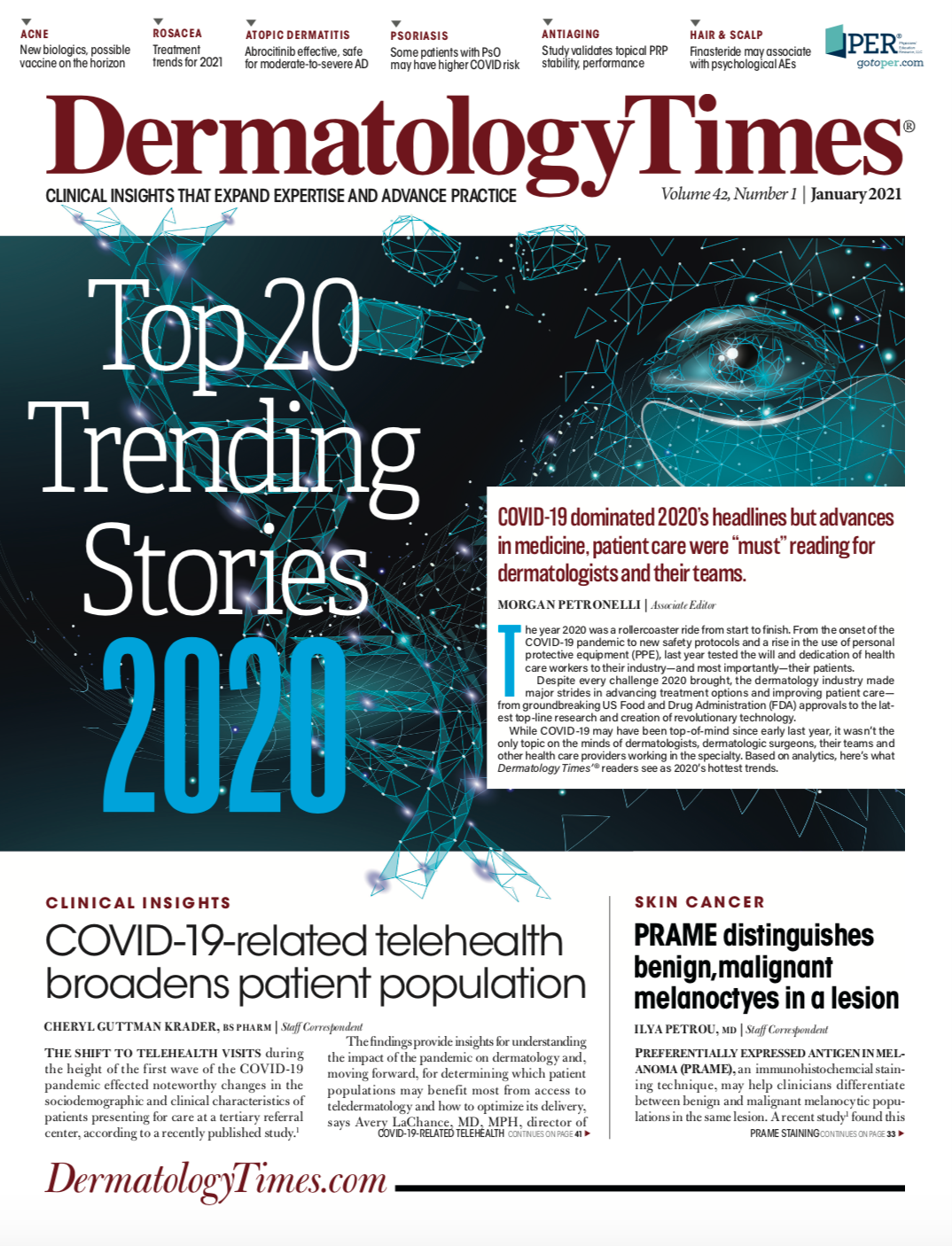
Newsletter
Like what you’re reading? Subscribe to Dermatology Times for weekly updates on therapies, innovations, and real-world practice tips.

